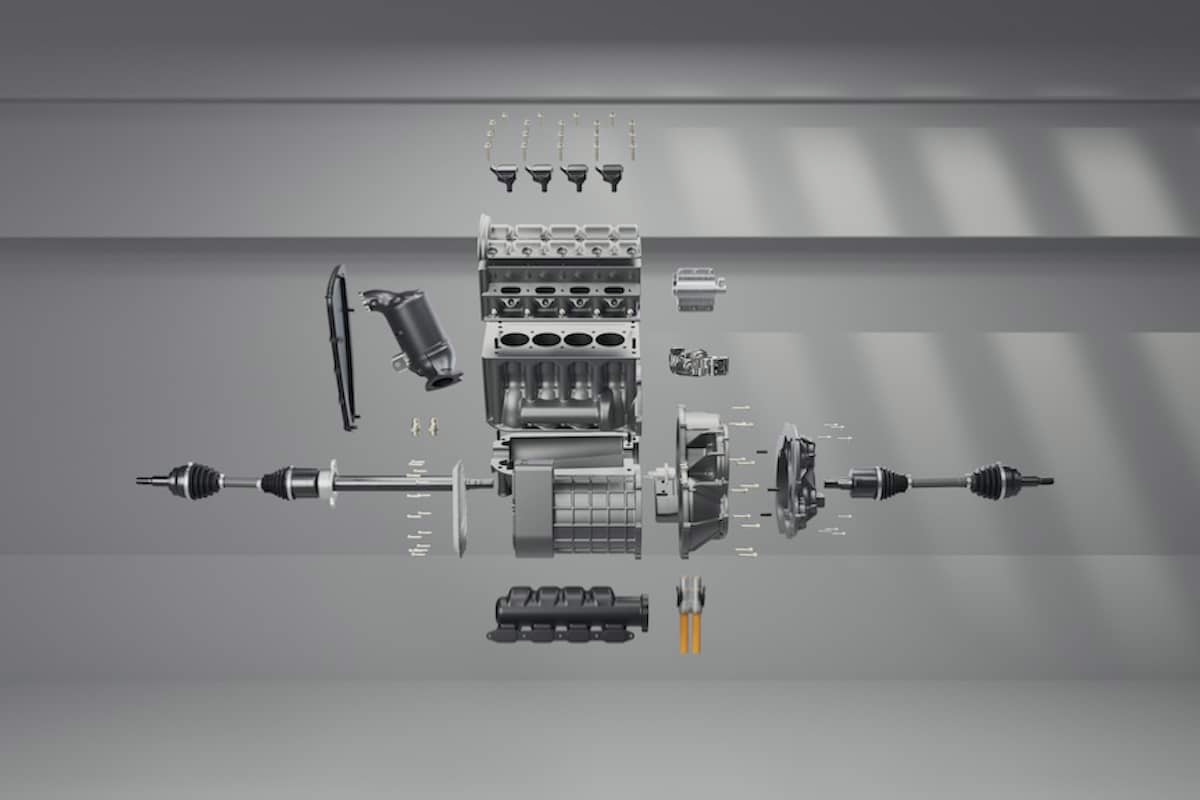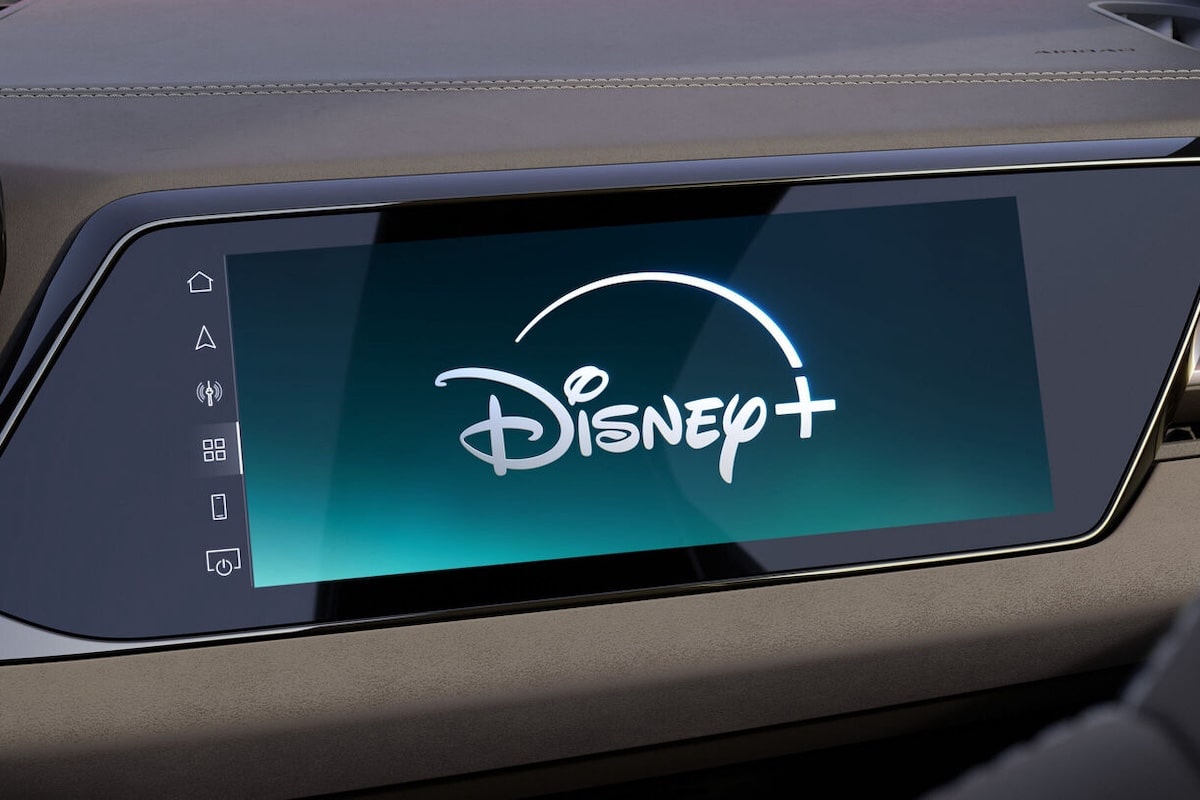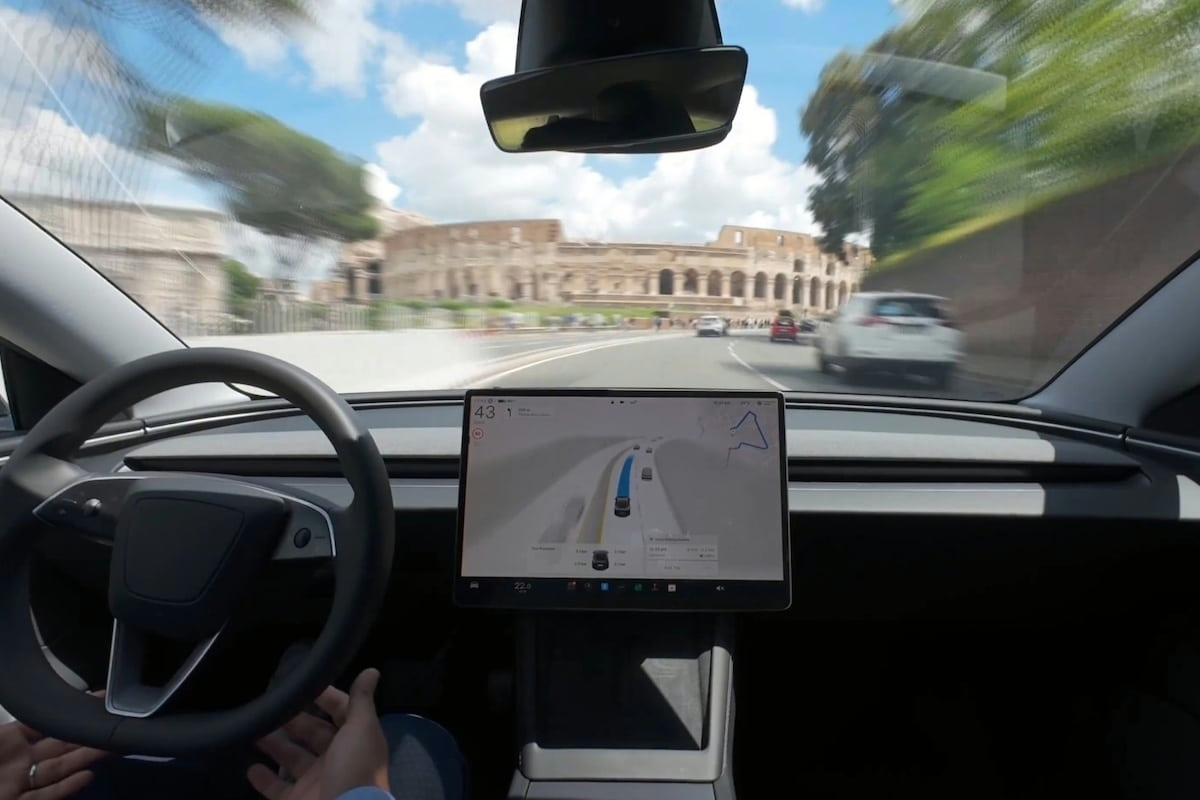Horse wants to turn electric vehicles into hybrids

Horse overturns norms with its Future Hybrid Concept prototype, a hybrid unit ready to be installed on an electric platform.
Horse Powertrain, held at 45 % by Renault Group, 45 % by Chinese manufacturer Geely, and 10 % by Saudi Aramco, unveiled its revolutionary Future Hybrid Concept prototype at the Auto Shanghai 2025 show. This compact hybrid system redefines traditional approaches by allowing an internal combustion engine to be added to battery electric vehicle (BEV) platforms, a fundamentally opposite practice to current automotive industry standards.
Until now, manufacturers have focused on electrifying thermal blocks to reduce vehicle emissions. A very simple process, often called mild hybridization, which involves adding electric units to 100 % thermal engines. The Future Hybrid Concept reverses this logic: it hybridizes existing electric platforms by integrating an internal combustion engine, an electric motor, and a transmission into a single compact unit. This disruptive approach offers a technological alternative that meets various needs, without requiring costly or complex new developments.
Flexibility and versatility
Built on a modular and lightweight design, this prototype can be directly integrated into existing BEV platforms with only minor modifications. It can also serve as an extended range extender, with a transmission and drive shafts enabling operation in electric and parallel modes. Its versatile design adapts to a wide range of fuels, such as gasoline, biofuels, pure methanol, or synthetic fuels, promoting global adoption.
The Future Hybrid Concept represents a significant advancement in powertrain engineering. By consolidating key components into a single unit, it reduces hybrid system complexity while offering unprecedented flexibility to manufacturers. This innovative architecture could transform production lines, allowing the manufacturing of hybrid and electric models on the same assembly line.
Expected to be marketed starting in 2028, this prototype clearly paves the way for a new era of technological diversity and industrial efficiency.
READ ALSO: Revolution at sea thanks to the rechargeable hybrid engine
This page is translated from the original post "Horse veut transformer les électriques en hybrides" in French.
We also suggestthese articles:
Also read






